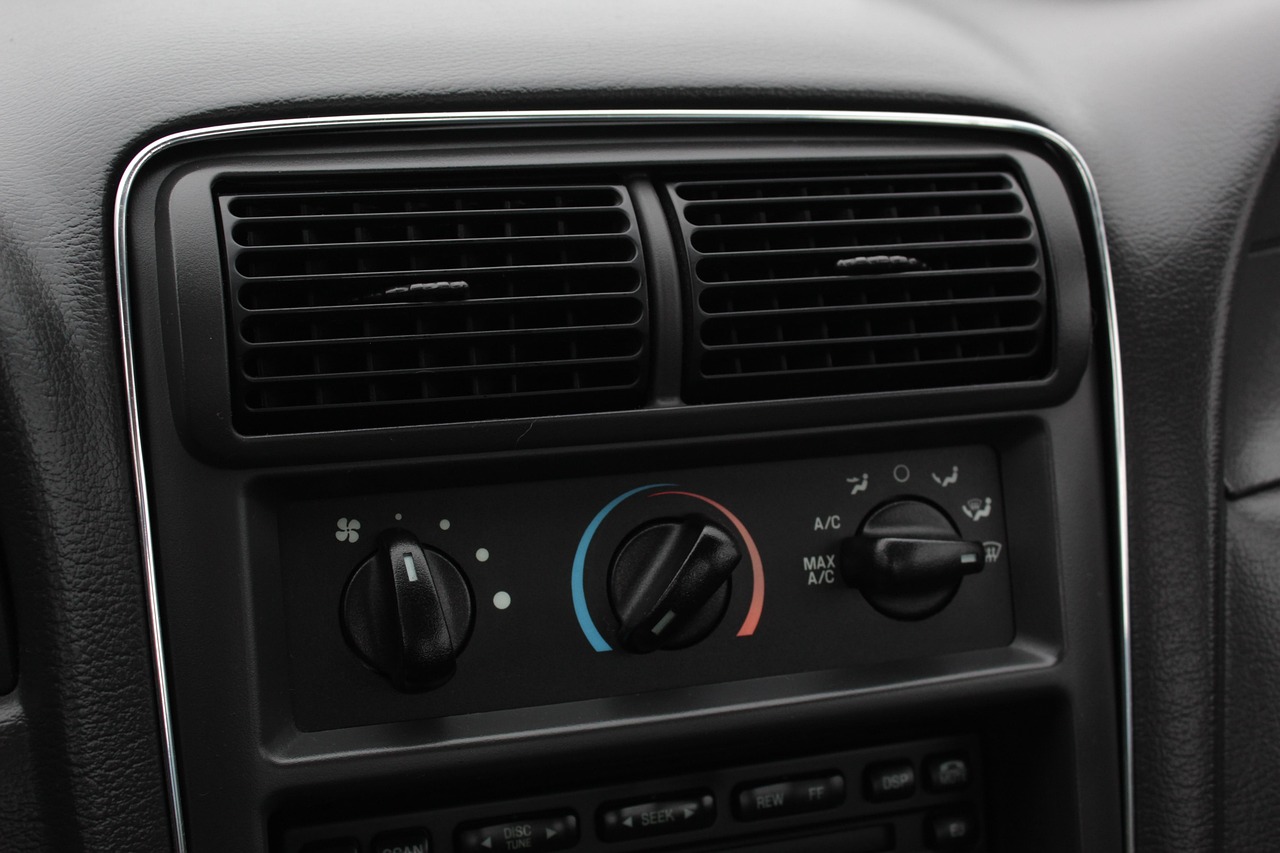The air conditioning system in your Audi A6 Saloon is one of those modern conveniences you probably don’t think about. Until it stops working. Whether it’s blasting warm air on a scorching summer day or not turning on at all, a faulty AC can turn an otherwise smooth ride into an uncomfortable journey. But don’t worry! With a bit of knowledge and a methodical approach, you can troubleshoot and even fix many common AC issues yourself.
Common Air Conditioning Issues in the Audi A6 Saloon
Before diving into fixes, it helps to understand what could be going wrong. Here are some of the most frequent problems Audi A6 owners encounter with their car’s air conditioning system:
- Weak or no airflow – You crank up the AC, but barely any air comes through the vents.
- Blowing warm air instead of cold – The system runs, but the air isn’t cold or cool enough.
- Unusual noises – Clicking, squeaking, or hissing sounds when the AC is on.
- Foul smells – Musty or moldy odors when you activate the air conditioning.
Now, let’s tackle the possible culprits and solutions.
Step 1: Check the Basics
It may sound obvious, but sometimes the simplest checks can save you a lot of time.
- Ensure the AC is actually switched on – The Econ (Economy) mode on some Audi models disables the air conditioning to save fuel. If that’s activated, switch it off.
- Adjust the temperature settings – If the system is set to a higher temperature, it may feel like it’s not working.
- Check the fan speed – The blower motor controls how much air gets pushed into the cabin. If it’s set too low, airflow might seem weak.
If everything seems fine here, it’s time to dig deeper.
Step 2: Inspect the Refrigerant Levels
Low refrigerant is one of the most common reasons why an AC system stops cooling effectively. Over time, refrigerant can leak, making it impossible for the system to produce cold air.
How to Check:
- Start your car and run the AC at full blast.
- Feel the air coming from the vents. If it’s lukewarm, refrigerant could be low.
- Look for a fitting near the engine bay labeled “L” (low-pressure port).
If refrigerant levels are low, you might need a refill. However, frequent recharging suggests a leak, which requires professional repair.
Important: DIY refrigerant top-ups can be risky if done incorrectly. If you’re unsure, let a certified mechanic handle it.
Step 3: Examine for Refrigerant Leaks
Leaks don’t just reduce cooling efficiency. They can also damage the system over time.
Signs of a Leak:
- Oily residue around AC pipes or connections.
- A noticeable drop in AC performance over weeks or months.
- A faint hissing sound when the AC is turned off.
Mechanics use ultraviolet dye and leak detectors to pinpoint leaks. If you suspect this issue, it’s best to get it checked professionally.
Step 4: Test the AC Compressor
The compressor is the heart of the AC system, responsible for circulating refrigerant. If it’s faulty, the air won’t get cold, no matter how high you crank up the fan.
How to Check:
- Pop the hood and locate the compressor (typically driven by a belt).
- Start your Audi and turn on the AC.
- Look for the compressor clutch engaging and spinning with the belt.
If the clutch isn’t engaging, the compressor may be faulty or not receiving power. A mechanic can diagnose whether it needs replacement.
Step 5: Replace the Cabin Air Filter
A clogged cabin air filter can restrict airflow, making it seem as if the AC isn’t working properly.
How to Replace It:
- Locate the filter, usually behind the glove compartment.
- Remove the old filter and check for debris, dust, or mold.
- Slide in a new one if necessary (a fresh filter can make a huge difference).
Changing the cabin air filter every 10,000-15,000 miles can help maintain system efficiency and prevent bad odors.
Step 6: Investigate Electrical Issues
Audi’s AC systems rely on various sensors, relays, and fuses. If something goes wrong electrically, the system may stop functioning altogether.
Quick Fixes:
- Check the AC fuse in the fuse box. If it’s blown, replacing it may restore functionality.
- Scan for error codes using an OBD-II scanner. Some AC problems trigger fault codes that reveal the root cause.
If electrical problems are involved, it might be time to call in a professional.
Step 7: Address Musty Smells
Ever turn on the AC and get hit with a damp, moldy odor? That’s usually caused by bacteria or mildew growth in the evaporator.
How to Fix It:
- Use an AC cleaner spray designed for automotive systems.
- Run the fan on high intermittently to keep moisture buildup at bay.
- Check the AC drain line under the car. If it’s clogged, clearing it can prevent moisture problems.
Regular use of the AC can also help prevent odors. Letting it sit idle for too long can allow mold to develop.
When to Visit a Mechanic
If you’ve worked through these steps and the issue persists, a professional diagnosis might be necessary. Some AC components require specialized tools for repairs, such as the expansion valve or evaporator.
Situations That Require a Pro:
- The AC compressor is seized or making grinding noises.
- A major refrigerant leak is detected.
- Electrical faults that aren’t resolved by fuse replacements.
Auto shops use advanced diagnostic tools to pinpoint AC problems quickly, saving you time and potential guesswork.
Final Thoughts
A failing air conditioning system in your Audi A6 Saloon doesn’t always mean an expensive fix. Sometimes, a basic filter swap or refrigerant recharge can get things back on track. Understanding the system and troubleshooting methodically can help you decide when a DIY fix is possible and when it’s best to let a pro handle it.
Staying proactive with maintenance. Like changing filters and running the system regularly. Can also prevent many of these issues before they even start.
If you’ve dealt with AC troubles in your Audi A6 before, what was the fix that worked for you? Feel free to share your experiences or ask any questions. I’d love to hear your thoughts!





